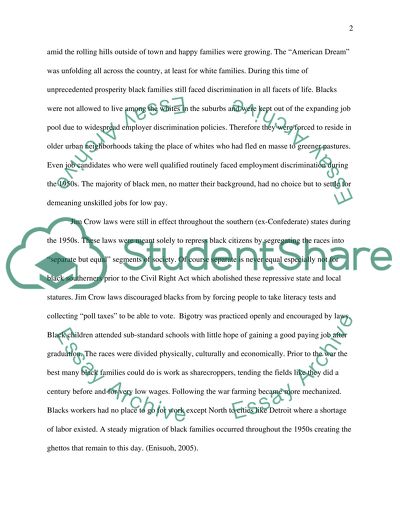Cite this document
(“Social Situation of Blacks 40 years following the Civil Rights Act Research Paper”, n.d.)
Retrieved from https://studentshare.org/sociology/1453790-the-social-situation-about-black-people-around
Retrieved from https://studentshare.org/sociology/1453790-the-social-situation-about-black-people-around
(Social Situation of Blacks 40 Years Following the Civil Rights Act Research Paper)
https://studentshare.org/sociology/1453790-the-social-situation-about-black-people-around.
https://studentshare.org/sociology/1453790-the-social-situation-about-black-people-around.
“Social Situation of Blacks 40 Years Following the Civil Rights Act Research Paper”, n.d. https://studentshare.org/sociology/1453790-the-social-situation-about-black-people-around.


